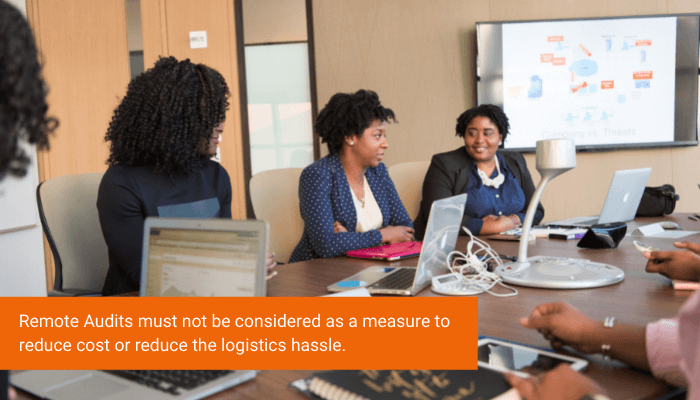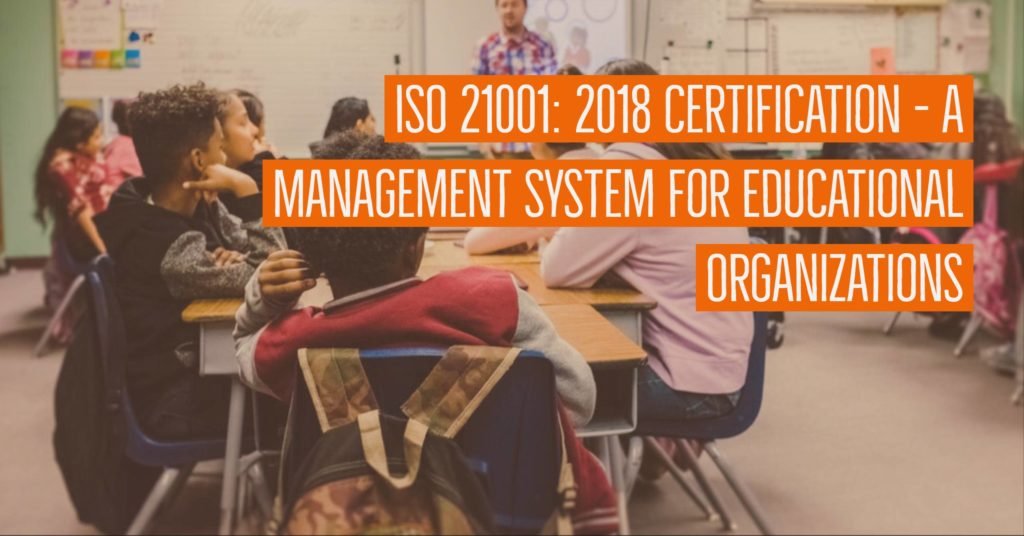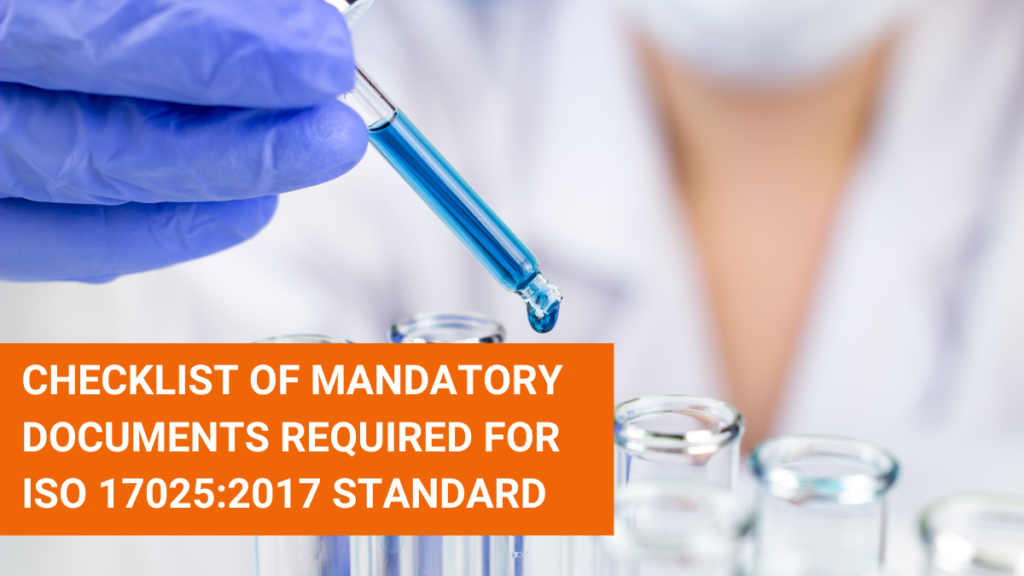Auditing is evolving with technological advancements and remote techniques. It is beyond traditional face-to-face meetings, or a board room meeting with senior members, factory floor tour, and more.
Remote Audit/ Virtual Audit is when the audit takes place through electronic means such as video conferencing, email, and telephone. The respective decisions are take after studying the audit responses.

The audit will gauge the effect of the changes in the system. It helps to determine the extent to which the audit meet the ISO Certification criteria. The Auditors use file and screen sharing, video conferencing (Skype, Zoom, etc.), and live data analysis.
Depending on ISO Certification the client requires, the Auditors will adopt to the standard auditing techniques. There is a well-defined scope to the audit procedure. It is one of the most important steps in the ISO audit.
Advantages of Conducting Remote ISO Audit
The Auditors can receive & share data, review documentation and processes, conduct interviews and make observations, all virtually without any commute to the audit site.
Auditors can better allocate their time in preparing and testing the process, writing reports, more effectively. With the availability of a cloud portal, the Auditor can access data from anywhere. Hence, remote audit becomes more viable in the connected world.
Remote audits help save time for commute, un-anted meetings, and reviews. It helps in effectively completing audits.
Disadvantages of Conducting Remote ISO Audit
Remote Audit cannot fullfil certain work requirements. Factory floor inspection, warehouse audit, steel fabrication or welding process efficiency, etc. would require a physical audit required to determine the effectiveness.
Remote Audits must not be a measure to reduce cost or reduce the logistics hassle. The Remote Audit must ensure complete system checks and meet the compliance requirements. The Auditor must consider implementing the remote audit after meeting all the ISO Certification Guidelines.

Technical support is very much essential. The network connection must be reliable, and the meetings must be continuous during the sessions. The scope of Remote Audit must meet all the objectives of ISO Certification Standards.
Remote Audits are very helpful for clients and auditors to execute the process. Communication is the key factor that builds the audit base. It will help in efficiently delivering the audit and gaining a good rapport with the client.
Effective Ways to Plan Remote Audit for ISO Certification
Remote Audit for ISO Certification follows a robust framework. It enables the auditor for conducting the remote ISO Certification Audit. The Auditor can follow the below steps to ensure the Remote Audit fulfills all the compliance requirements.
1. Risk Assessment Check
Conduct a Risk Assessment for each Audit project. On a case-to-case basis, high-risk industries may require an onsite audit. The Auditor has to identify the associated risk. They must also assess and control the system to an acceptable level as per ISO Certification guidelines.
The assessment covers areas such as organizational confidential information management, security drawbacks, the scope of Certification, and more.
The Remote Audit must ensure that the organization satisfy all the information security parameters. Arrange for a physical audit during the event of any vulnerabilities detected in the system.
2. Audit Plan
The Audit plan must include room for reviewing the performance of the management system with the audit teams. The Auditor must define the scope of the audit in the plan. Allocate the time for detailed process checks of the Quality Management System standard.

The Audit Plan is a comprehensive document that provides details of the Quality Management System, employee training, data confidentiality, and more. Information security is an essential part of the Audit plan.
The Auditor must conduct the necessary IT system checks as part of enhancing the Quality Management System. During the Remote Audit, the Auditor must authenticate the information received from the organization.
The validity of the information collected has an impact on the performance of the system in the future. The auditor must use the latest technology and data collection frameworks to conduct the information gathering exercise as part of the Audit.
3. Conducting Remote Audit
The remote Audit must ensure it meets all the compliance standards of ISO Certification. Gather, store, and process the information collected as part of the Audit. The Auditor must prepare the Quality Manual accordingly.
The Audit schedule must have room for all internal meetings, reviews, management meetings, information analysis, and more. Identify all the non-conformity and address them in the next meeting.
4. Remote Audit Reporting
Reporting is an important aspect of Remote Audit and must be conducted in a precise manner. The information gathered must be authenticated the right way.
The images collected as part of the audit must be compared with the actual floor plan and video footage to ensure the work center is monitored for non-conformities.
The organization must always be updated about the progress of the audit and the status must be communicated at regular intervals. With perfect reporting, the ISO Audit will be effective and will help the Auditor to ensure the Audit meets all the desired objectives completely.
To know more about remote ISO Audits and the processes, talk to our expert ISO Consultants right away!
Contact Us: Aurion ISO Consultants



